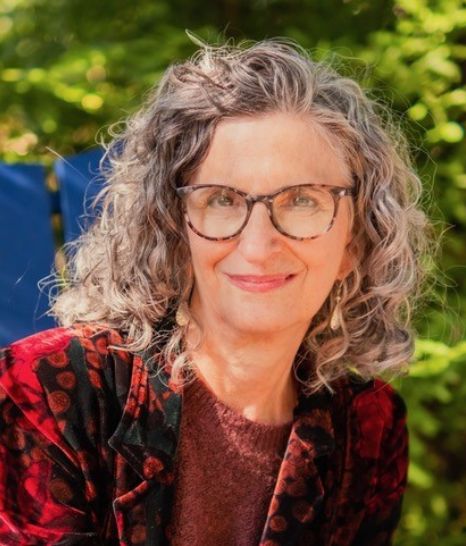International Women’s Day is a global celebration to lift up women’s achievements, whether political, economic, social or cultural. It is intended to belong to "all groups collectively, everywhere".
This idea of "everywhere" isn’t new for us; or it shouldn’t be.
A long way back in our tradition, when our teachers were translating our sacred texts, they began, out of respect, to refer to God more obliquely. The Holy One, alongside the various names in Torah, began to be referred to as a presence, a shining glory - something that human beings might have a better chance of perceiving.
Out of that respectful language grew the idea of the Holy One having a presence that could live near humanity - alongside us, near us, or even within us. The run of Torah portions we have just begun reading describe the Mishkan, the desert sanctuary built out of love and dedication and wisdom and artistry as well as physical materials. “Let them make me a sanctuary,” instructs the Holy One, “and I will dwell among them.”
The Hebrew in this verse - veshakhanti betocham - prompts an imagining of how God can dwell in this dimension, connected to us. The words of the verse also give us a name - Shekhinah. As our story evolves, as we encounter hardship and exile, our teachers explain how Shekhinah comes with us, never abandoning us. Any time ten of us study, Shekhinah is there, a pervasive, wise presence. Any time we hurt, Shekhinah hurts too. And when our mystical tradition lifts her up, she is robed in metaphors that turn her into a queen, a bride, a mother, a sister, a wellspring, a dove, a rose - and hundreds more. The purpose of all of them is to help us understand and know that an aspect of the Holy One is here with us all the time, everywhere.
And all of that language is feminine.
On International Women’s Day this year, we should take a moment to consider where we have encountered this holy feminine energy in our own lives, and who models it for us, whether here in this world, or walking alongside us in other dimensions. We should think of how we can better respect it, elevate it, and integrate it into our world that still sorely needs it.
But remember: She was always there. Everywhere.

